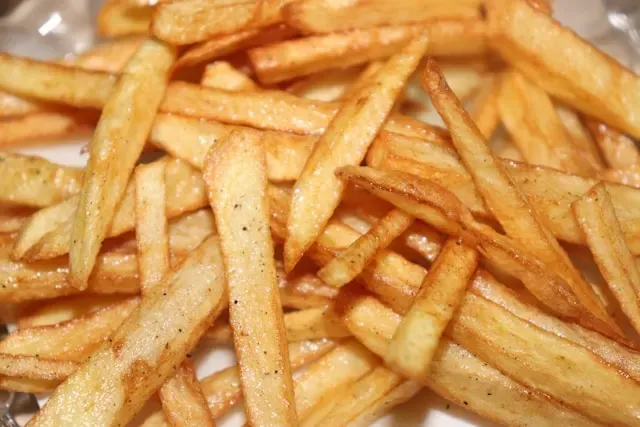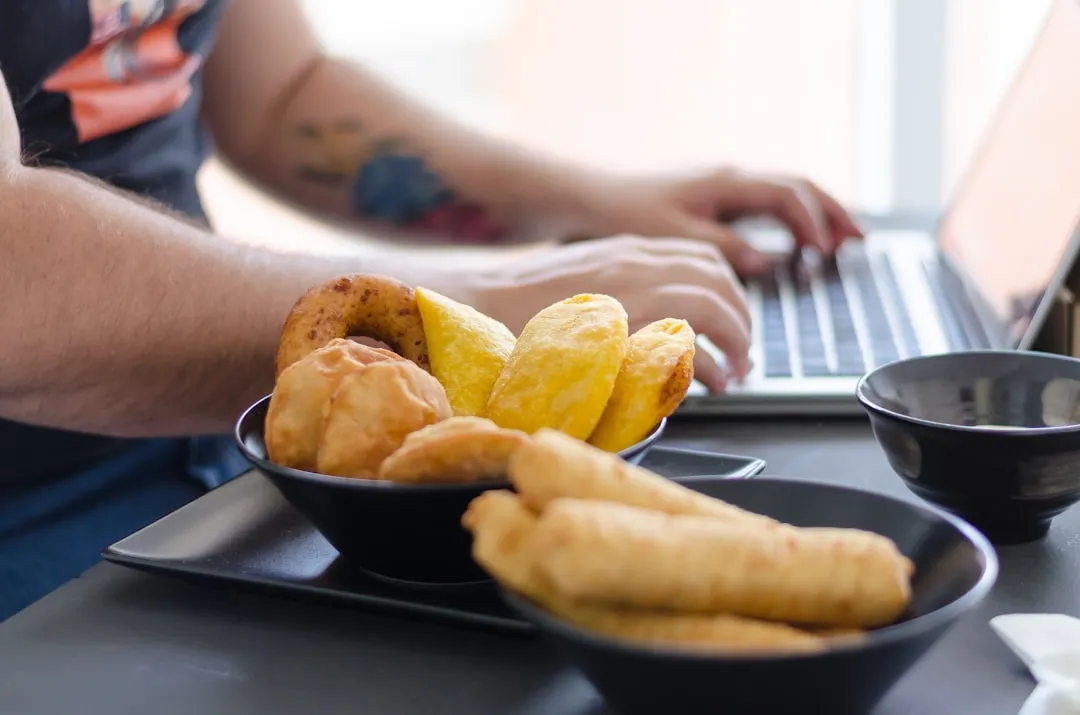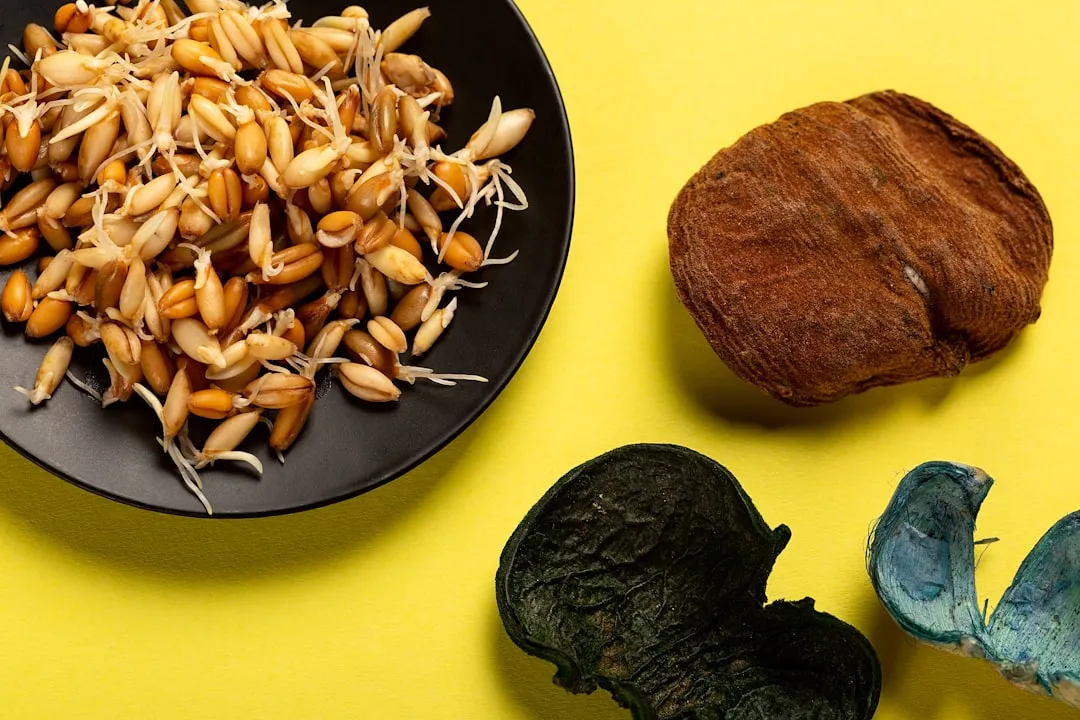The world of spices can be bewildering. They promise to make your food more flavorful if you know how to make the most of them. Unless you know a couple of essential tricks, however, it just seems like you're adding bits of colored powder to your food.
Most cooks buy a few bottles of spices, leave them by the stove, and then open them up for the occasional spice-heavy dish like gingerbread or chili. However, once you know how to buy, store, and use spices, you'll really open up your culinary vocabulary.

Spices were once considered so valuable that they were used as money.
Currently, spices are known to be enormously useful sources of flavor and antioxidants. During medieval times, they not only imparted flavor and in some cases preserved food, they were considered so valuable they were used as money. In fact, the spice trade was responsible for connecting hitherto undiscovered parts of the world.

Certain spices were harvested and then brought to major commercial centers via a long and ardurous road known as the Spice Route.
What Are Spices?
When we think of common spices, cinnamon, cloves, cumin, pepper, turmeric, and ginger all come to mind. Botanically, spices are the ground-up powder made from dried roots, bark, berries, seeds—essentially, anything that isn't the leaf of a plant (which are considered herbs).

See this leafy basil? That's an herb, dude.
The intense flavors from spices are courtesy of volatile molecules they release into the air, especially when crushed or ground. As Cook's Illustrated points out, most spices are so pungent that they can't be eaten straight—they have to be used in small amounts and/or treated so they enhance, rather than overwhelm, the food they are meant to improve.
Buying Spices
The aromatic oils and volatile molecules that make spices so potent are released the minute they're ground up into powder form and continue to degrade with exposure to air and light. For that reason, it's really best to buy spices in their whole form and grind them yourself for maximum freshness.
Alas, most of us don't have the wherewithal to do that and buy them pre-ground, and for good reason: many experts suggest keeping a second coffee grinder expressly reserved for treating spices and honestly, who does that?

Whole spices have more flavor and keep longer than pre-ground versions.
In general, it's a good idea to toss any spices that are over a year old, since they've probably lost most of their taste. If you've got a compost heap, they can go in there. Just be sure to run the smell test (see "Storing Spices" below). If that ground ginger is still good, you don't want to toss it.
How to Keep Spices from Clumping
Ever notice that your spices have a tendency to clump up or turn into a solid brick? That's because your spices have been exposed to heat or moisture.
If you keep your spices near the stove or any appliance that emits heat (remember, all electrical appliances give off some kind of heat when they're plugged in), you've found one culprit. If you shake canisters of spices over cooking food where the rising steam can reach them, you've found another.

Away from heat and light? Check. These spices are correctly stored.
Tampico Spice Company recommends always using dry measuring spoons to mete out spices and to give your bottles an "annual checkup." When you open a bottle of spices, the aroma should waft up to say howdy to your nasal passages. If you have to stick your nose in the container to smell the spice, it is past its prime, though this is true only of pre-ground spices. Whole spices, like nutmeg or peppercorns, have a protective coating that keeps the volatile molecules from escaping.
Storing Spices
So now you know to 1) store your spices somewhere cool and dry and 2) decant them into your hand or a measuring spoon and then put them in your food. But what if your kitchen is wee and doesn't give you a lot of storage options?
Traditionally, people have placed rice in salt shakers to keep them dry, although the science behind the theory is iffy.

The jury's still out on whether dry, uncooked rice actually absorbs moisture or not.
Supposedly rice is a desiccant (although so is salt) and should also work for spices, but most believe that the rice acts mechanically, breaking up the clumps of spices/salt when the cannister is shaken. Give it a try. If it works for you, then terrific. Also note that you can use beans instead of rice.
You can also upcycle food-safe desiccant packets (i.e., not the ones that come in new jackets or with shoes) and place them in jars of spices that are prone to clumping. If you're a beef jerky fan or take a lot of vitamins, for instance, chances are there's a desiccant packet in those old containers that might do well in your bottle of paprika.
If you're really hardcore, you can buy food-grade desiccant packets online or these canisters designed to keep spices dry. There are also anti-caking agents used in many foods that are purchasable (alas, mostly in bulk), too.

Silica pellets are a common ingredient found in desiccant packets.
Last but not least, you can keep spices in the fridge. Just keep in mind that taking them in and out subjects the spices to temperature fluctuations and causes moisture to accrete. If there's a spice you use a lot of, like cumin, try keeping a small portion in a separate container and refill as you go.
Amp Up a Spice's Flavor by Using Heat & Fat
One of the keys to making the most of spices is using heat and fat to make them bloom. A similar, but not identical technique is known as tempering spices in Indian cuisine. It's not uncommon to hear the terms used interchangeably.
Applying those two elements makes a spice open up and yield its flavors in a way that will enrich whatever dish you're making—and potentially add some health-giving properties, too.
Generally, most of the spices on supermarket shelves are fat-soluble, which is why they really shine when they're cooked in a little fat, and why spices taste kind of muddy and undistinguished when you just dump them in a pot of soup to cook with the other ingredients.
The judicious application of heat and fat will pull out the fat-soluble flavor molecules within the spices, create the Maillard (browning) reaction as they cook, and allow the spices to release all their tasty deliciousness into your food.
You can actually toast spices in a microwave if you're in a hurry, but be careful: you want to nuke those spices for very short amounts of time until their fragrance blossoms. If you burn a batch, it has to get thrown out, or it'll make the entire recipe taste scorched.
How to Bloom/Temper Spices
First, pour a tablespoon or so of good-quality cooking oil with a high smoke point (or clarified butter/ghee) into a heavy pan. Heat it until the oil shimmers, but not to the point where it smokes.
Add your spices. In the words of Fine Cooking, "Cook until very fragrant and little bubbles form around the spices. Don't let them brown." You can add the rest of your food to the pan and finish cooking your dish. Just be sure to remove the whole spices before serving the food—biting down into a whole clove can be an unforgettable experience, and not in a good way.

Whole spices for chai are arranged before they get tempered.
If you're blooming ground spices, you might want to toast them before grinding them to have them produce even more flavor. Then you can follow the instructions as above, with one difference: make sure to mix your spices with a little bit of water until they form a thick paste. As Fine Cooking points out, this prevents them from burning in the hot fat.
In the Indian tradition, when you temper ground spices (a process also known as tadka), you never add water. Instead, you use good-quality ghee. Rasam Restaurant says that you know the spices have been properly tempered when they've changed color and are crackling. Just make sure they don't burn!

Next, the freshly ground spices are cooked in hot butter until deliciously fragrant.
Traditionally, you should temper/bloom spices at the start of cooking with some dishes, like curry. For other dishes like curd rice, tempered spices are added at the end as a finishing touch. Play around and experiment with your recipes and see how tempering/blooming spices changes how you savor your meal.

























Comments
Be the first, drop a comment!